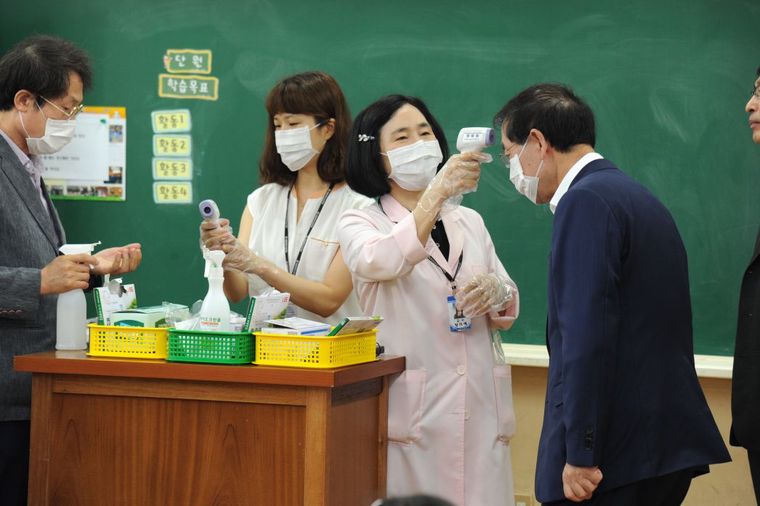
Purdue University researchers, including an Indian American, have found molecules that shut down the activity of an enzyme essential to the Middle East Respiratory Syndrome virus replication. The virus is in the international spotlight again as South Korea faces the largest MERS outbreak outside the Middle East.
The virus emerged in 2012 and was mostly confined to the Middle East until 2014 when cases were identified in the U.S., Britain, France and Italy. To date, 25 countries have reported cases, according to the WHO.
“The virus affects people differently and for many the symptoms are not life-threatening, but for others it can lead to severe respiratory distress,” said Andrew Mesecar, Purdue’s Walther Professor of Cancer Structural Biology and professor of biological sciences and chemistry who leads the research team. “It is a threat to public health we take very seriously and there currently is no treatment or vaccine. We continue to study the virus to improve our understanding of how it works and ways to prevent its spread.”
Mesecar and Arun Ghosh, Purdue’s Ian P. Rothwell Distinguished Professor of Chemistry and Medicinal Chemistry and Molecular Pharmacology, have been studying the virus and creating and testing molecular compounds that could lead to potential treatments since shortly after MERS was discovered.
The team identified molecules that inhibit an enzyme essential to MERS virus replication, and also discovered a characteristic of the enzyme that is very different from other coronaviruses, the family of viruses to which MERS-CoV belongs, Mesecar said.
“This enzyme is a prime target — an Achilles’ heel of the virus.”
The team targeted an enzyme within the MERS virus, called 3C-like protease. Without the enzyme, the virus is unable to create more viruses to further an infection.
“We captured the protease’s atomic structure through this work, which provides a map for designing potent new drugs to fight MERS,” said Mesecar.
The MERS virus emerged in 2012 and was mostly confined to the Middle East until 2014 when cases were identified in the U.S., Britain, France and Italy. To date, 25 countries have reported cases, according to WHO.
“It is a threat to public health, and there is currently no treatment or vaccine. We continue to study the virus to improve our understanding of how it works and ways to prevent its spread.”
The study was published in the Journal of Biological Chemistry.





Be the first to comment